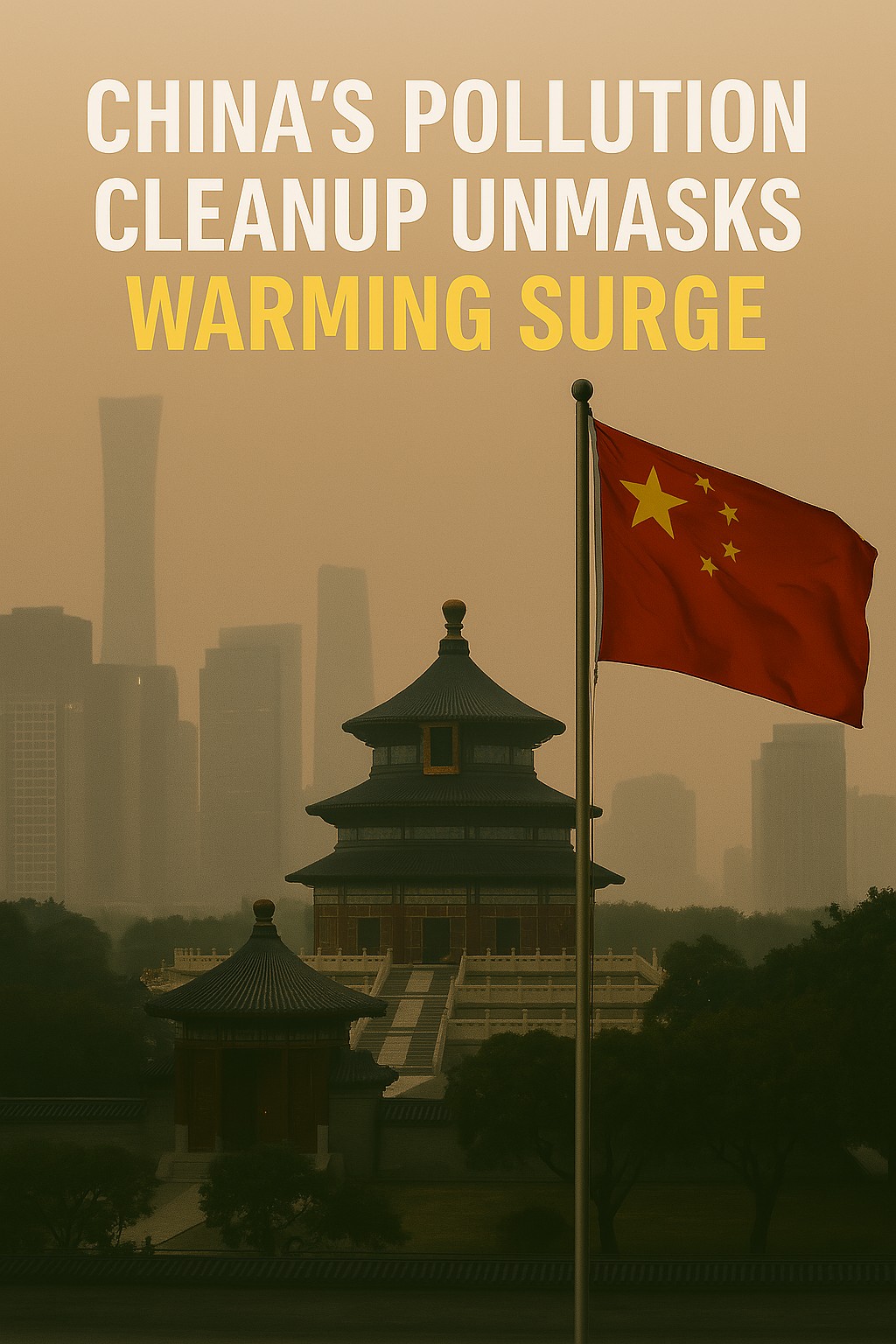Luke Allen – Military Political Analyst – Makati, Manila lukeallenmanila@journalist.com
With the Philippines grappling with its energy demands, the debate over natural gas versus renewable energy sources for power generation is not just a theoretical discussion, but a pressing issue that requires immediate attention. Both options present unique challenges and benefits, compelling policymakers and energy stakeholders to weigh their choices carefully.
Natural gas, known for its reliability and relatively lower carbon emissions than coal, has long been a cornerstone of the Philippines’ power generation landscape. Natural gas provides a consistent energy supply that supports the country’s growing industrial and residential demands. The Malampaya gas field, for instance, has been a critical asset, though its reserves are depleting, pushing the nation to explore imports and new domestic sources.
The cost of constructing a natural gas power plant in the Philippines varies but generally ranges between $700 to $1,200 per kilowatt (kW) installed capacity. This affordability and quick ramp-up times make natural gas an attractive option, particularly as the nation seeks to mitigate rolling blackouts and stabilize its energy grid.
Renewable energy sources such as solar, wind, and hydroelectric power are not just alternatives, but promising solutions for the Philippines. With its abundant sunlight and wind potential, the country is well-positioned to harness these renewable resources. However, the intermittent nature of solar and wind power necessitates effective energy storage solutions to ensure a reliable supply.
Battery storage systems are the leading technology for storing renewable energy, with lithium-ion batteries being the most prevalent. The environmental impact of battery production, particularly lithium mining, poses significant concerns. The extraction and processing of lithium can lead to soil degradation, water shortages, and substantial carbon emissions, overshadowing some of the environmental benefits of renewables.
The cost of installing renewable energy systems, including storage, is higher than natural gas. Solar power installations typically cost around $1,000 to $1,500 per kW, with wind power installations ranging from $1,200 to $1,700 per kW. When factoring in battery storage, the costs can increase by $400 to $600 per kW. Thus, the total investment can reach up to $2,100 per kW for a comprehensive renewable energy and storage solution.
While the upfront costs of renewable energy systems with storage are higher, the long-term benefits include reduced operational costs and lower carbon footprints. Unlike fossil fuels, renewable energy sources do not deplete over time, offering a more sustainable and potentially cheaper energy solution in the long run. Moreover, advancements in battery technology and economies of scale are expected to drive down costs, providing a promising outlook for the future of renewable energy.
However, the environmental damage from battery production cannot be ignored. The mining and processing of materials like lithium, cobalt, and nickel involve significant ecological disruption and pose health risks to local communities. Effective recycling programs and developing alternative, more sustainable battery technologies are crucial to mitigating these impacts.
The choice between natural gas and renewables for power generation in the Philippines is complex. Natural gas offers immediate reliability and lower initial costs, but it has a finite supply and associated greenhouse gas emissions. Renewables promise sustainability and long-term cost advantages, but they come with higher initial investments and environmental concerns related to battery storage.
As the Philippines navigates its energy future, a balanced approach that incorporates natural gas and renewable sources, while investing in advanced storage technologies and environmental safeguards, is not just a suggestion, but a necessity. The ongoing dialogue among policymakers, industry leaders, and environmental advocates will be key to shaping a resilient and sustainable energy landscape for the nation.




